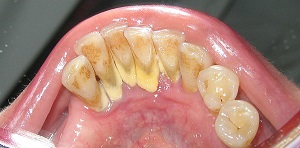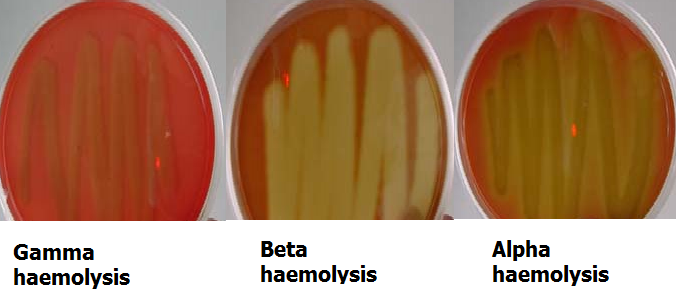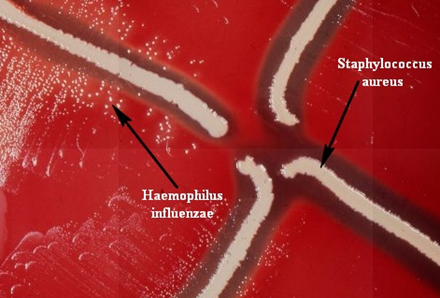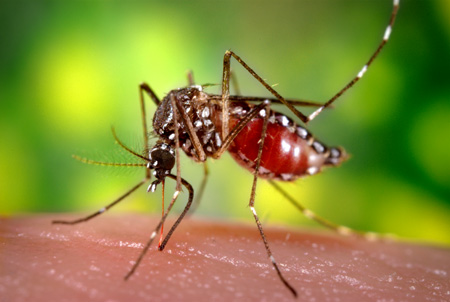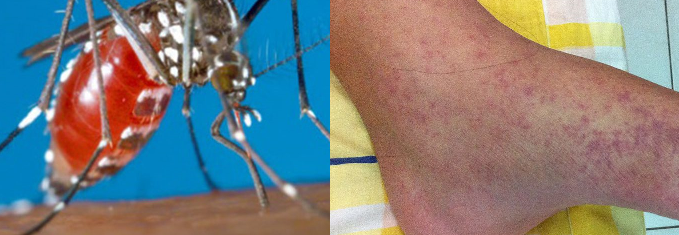DESCRIPTIVE EPIDEMIOLOGICAL STUDY
Descriptive epidemiological studies look at the frequency and distribution of a disease/infection within a population. It is usually the first step in any epidemiological survey and, it only describes the occurrence or outcome of a disease in a community/population. In a descriptive study, the general features of an infection in a population are typically described […]
DESCRIPTIVE EPIDEMIOLOGICAL STUDY Read More »
Epidemiology

